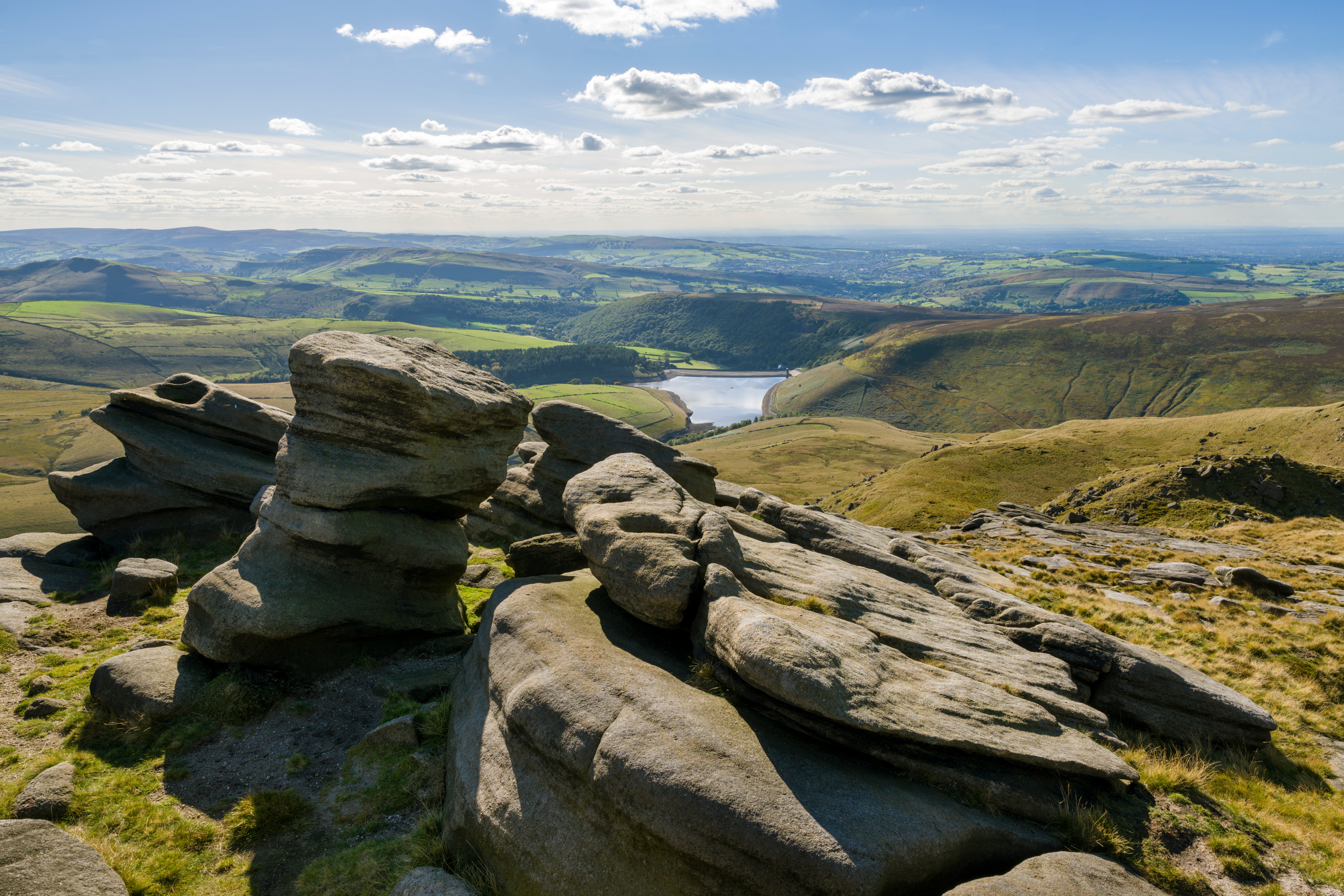Kinder Scout national nature reserve extended to cover more than 1,000 hectares
The reserve in the Peak District now includes an ‘outdoor laboratory’ important for studying the restoration of peatland.

Your support helps us to tell the story
From reproductive rights to climate change to Big Tech, The Independent is on the ground when the story is developing. Whether it's investigating the financials of Elon Musk's pro-Trump PAC or producing our latest documentary, 'The A Word', which shines a light on the American women fighting for reproductive rights, we know how important it is to parse out the facts from the messaging.
At such a critical moment in US history, we need reporters on the ground. Your donation allows us to keep sending journalists to speak to both sides of the story.
The Independent is trusted by Americans across the entire political spectrum. And unlike many other quality news outlets, we choose not to lock Americans out of our reporting and analysis with paywalls. We believe quality journalism should be available to everyone, paid for by those who can afford it.
Your support makes all the difference.A nature reserve in the Peak District famous for a mass trespass 90 years ago and now an important peatland restoration site has been extended in size.
Kinder Scout national nature reserve (NNR) in Derbyshire, which is cared for by the National Trust, has been extended by 25%, creating a protected area of 1,082 hectares (2,674 acres) at the highest point in the Peak District.
The 226-hectare (568-acre) extension, declared by government conservation agency Natural England, includes an “outdoor laboratory” created in 2010 for research on the impacts of restoring peatlands to combat climate change.
The laboratory includes scientific monitoring equipment such as pipes inserted into the peat to measure the water table, weirs that gauge water flow in erosion channels and marked-out squares for monitoring plant growth.
It has enabled the National Trust, the University of Manchester, and Moors for the Future Partnership to study the effects of restoring peatland on cutting erosion, naturally managing flooding and creating healthier habitat, compared to a 100m by 250m control plot which has not been restored.
Monitoring of the area has shown that restoring vegetation on bare peat led to a 98% reduction in erosion of peat into streams within 18 months.
And a combination of restoring vegetation, blocking gullies and planting sphagnum moss helps cut the speed of water flowing down to valleys during storm events.
Techniques trialled to restore peat bogs included covering bare peat with moorland vegetation and blocking gullies to keep the moors wetter, which have helped increase the amount of carbon stored in the land and improve water quality.
Professor Tim Allott, from the University of Manchester, said: “The control area has been central to our scientific understanding of restoration on the site – as without it we would not have been able to properly assess the impact of the restoration work in slowing the flow of water on hillsides and reducing flood risk downstream.
“It also provides a ‘museum’ of the past damage on Kinder Scout.
“By simply standing within this small remaining ‘island’ of bare peatland, you get a dramatic sense of the scale of transformation of this iconic landscape by looking across the newly restored, vibrant, and diverse habitat which surrounds it.”
Craig Best, general manager for the Peak District at the National Trust, said: “When we started caring for Kinder in 1982, the mountain was a barren moonscape of bare peat, degraded by human activity over the centuries due to pollution, historical land management practices, high visitor numbers and climate change.”
But almost 40 years of restoration work had transformed the nature reserve into a plateau of healthy peat bogs, with cottongrass and sphagnum moss, that created habitat for wildlife including mountain hares, golden plovers and insects, he said.
“This work will continue alongside the activity on the extended area.”
Kinder Scout was the site of a mass trespass 90 years ago by walkers demanding more access to the countryside, which helped lead to open access to moorland and the creation of the national parks.